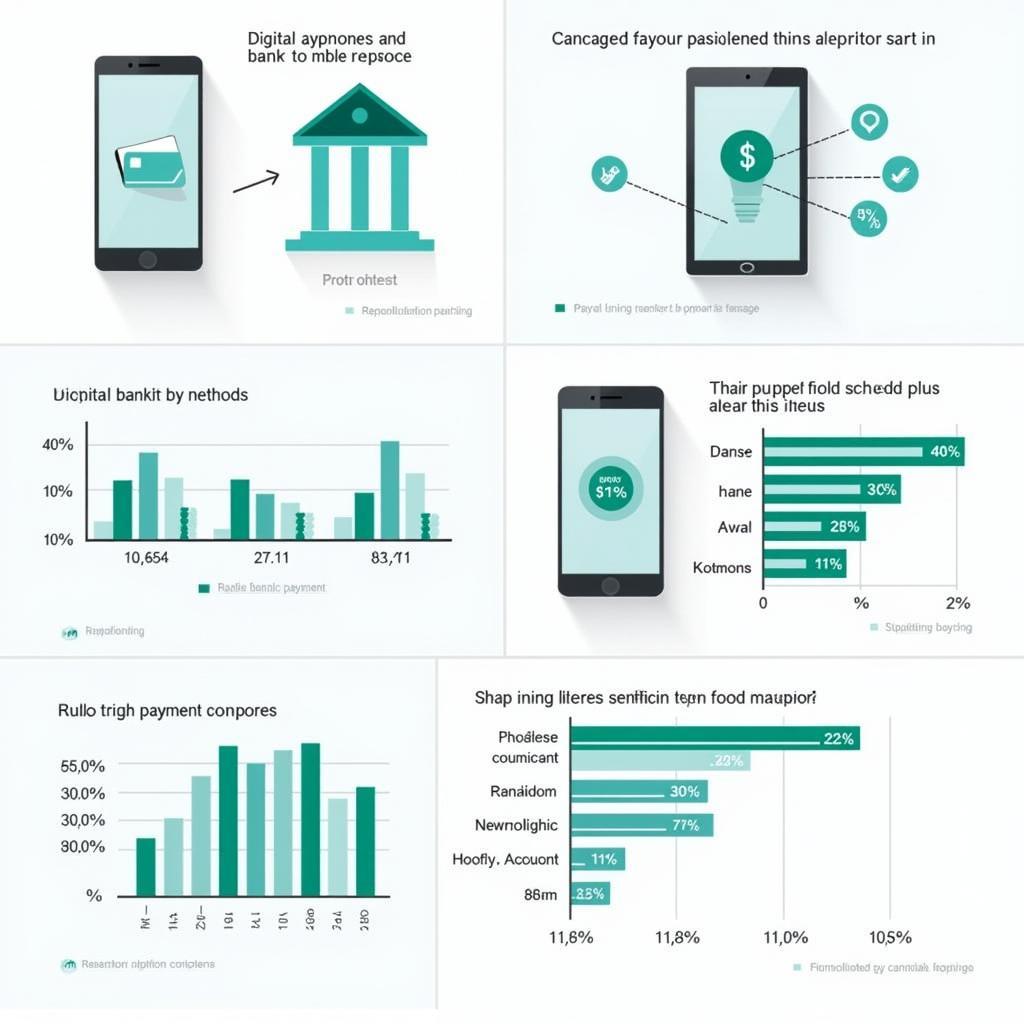The topic of digital finance and its influence on consumer spending habits has become increasingly prevalent in IELTS Writing Task 2 examinations. Based on recent test patterns and impact of financial technology on consumer behavior, this theme has appeared in various forms over the past two years, particularly in countries experiencing rapid digitalization of financial services.

Analysis of Recent IELTS Task 2 Question
Some people believe that the rise of digital payment methods and online banking has led to increased consumer spending and debt. To what extent do you agree or disagree with this statement? Give reasons for your answer and include relevant examples from your own experience.
Question Analysis
- Topic: Digital finance and consumer behavior
- Task: Agree/Disagree essay
- Key points to address:
- Digital payment methods
- Online banking accessibility
- Consumer spending patterns
- Debt implications
Sample Essay 1 (Band 8.5)
The proliferation of digital financial services has fundamentally transformed how people manage and spend their money. While some argue that these technological advances have contributed to excessive spending and mounting personal debt, I strongly agree with this perspective based on several compelling reasons.
First and foremost, the convenience and accessibility of digital payments have significantly lowered the psychological barriers to spending. When consumers can make purchases with a simple tap or click, without physically handling cash, they tend to become less conscious of their expenditure. This phenomenon, known as the “cashless effect,” has been extensively documented in studies examining how digital wallets benefit small transactions, showing that people typically spend 12-18% more when using digital payment methods.
Moreover, the integration of social media with e-commerce platforms has created an environment that constantly encourages consumption. The ease of online banking has made it simpler for consumers to access credit facilities and make impulse purchases, often leading to accumulating debt. This situation is particularly evident in emerging economies, where the rapid adoption of digital finance has outpaced financial literacy education.
However, it is crucial to acknowledge that digital financial tools also offer potential solutions for better money management. Many banking apps now include budgeting features, spending analytics, and automatic savings options. Despite these capabilities, the overwhelming evidence suggests that the convenience of digital payments has generally led to increased spending rather than promoting fiscal responsibility.
In conclusion, while digital financial services offer numerous benefits, their impact on consumer spending and debt levels has been significantly negative. To address this issue, greater emphasis should be placed on financial education and the development of digital tools that promote responsible spending habits.
Sample Essay 2 (Band 6.5)
Nowadays, many people think digital payments and online banking make people spend more money and get into debt. I agree with this idea because it is very easy to spend money using these methods.
The main reason is that when people use digital payments, they don’t feel like they are spending real money. For example, when I use my phone to pay for things, I just tap and don’t think much about the cost. Also, many online shops give discounts for digital payments, which makes people buy more things they don’t really need.
Another problem is that online banking makes it very easy to get loans and use credit cards. How credit repair improves financial opportunities is important, but many people don’t understand this well. They just see it’s easy to borrow money and spend it quickly. This can cause big problems with debt.
However, digital banking also has some good points. People can check their account anytime and see how much they spend. Some apps help people save money too. But I think most people don’t use these features properly.
In conclusion, I believe digital payment methods and online banking do make people spend more money and get into debt. Banks should teach people how to use these services more carefully.
Vocabulary Analysis
- proliferation (n) /prəˌlɪf.əˈreɪ.ʃən/ – rapid increase in numbers
- psychological barriers (n) /ˌsaɪ.kəˈlɒdʒ.ɪ.kəl ˈbær.i.ərz/ – mental obstacles
- impulse purchases (n) /ˈɪm.pʌls ˈpɜː.tʃəs/ – unplanned buying decisions
- fiscal responsibility (n) /ˈfɪs.kəl rɪˌspɒn.sɪˈbɪl.ə.ti/ – financial accountability
- accumulating (v) /əˈkjuː.mjə.leɪ.tɪŋ/ – gathering or increasing gradually
Suggested Practice Topics
- Discuss the role of cryptocurrency in modern consumer spending habits
- Examine how impact of economic recessions on consumer banking habits affects digital finance adoption
- Analyze the effectiveness of digital budgeting tools in promoting responsible spending
Feel free to practice writing your own essay on this topic and share it in the comments section for feedback and discussion.